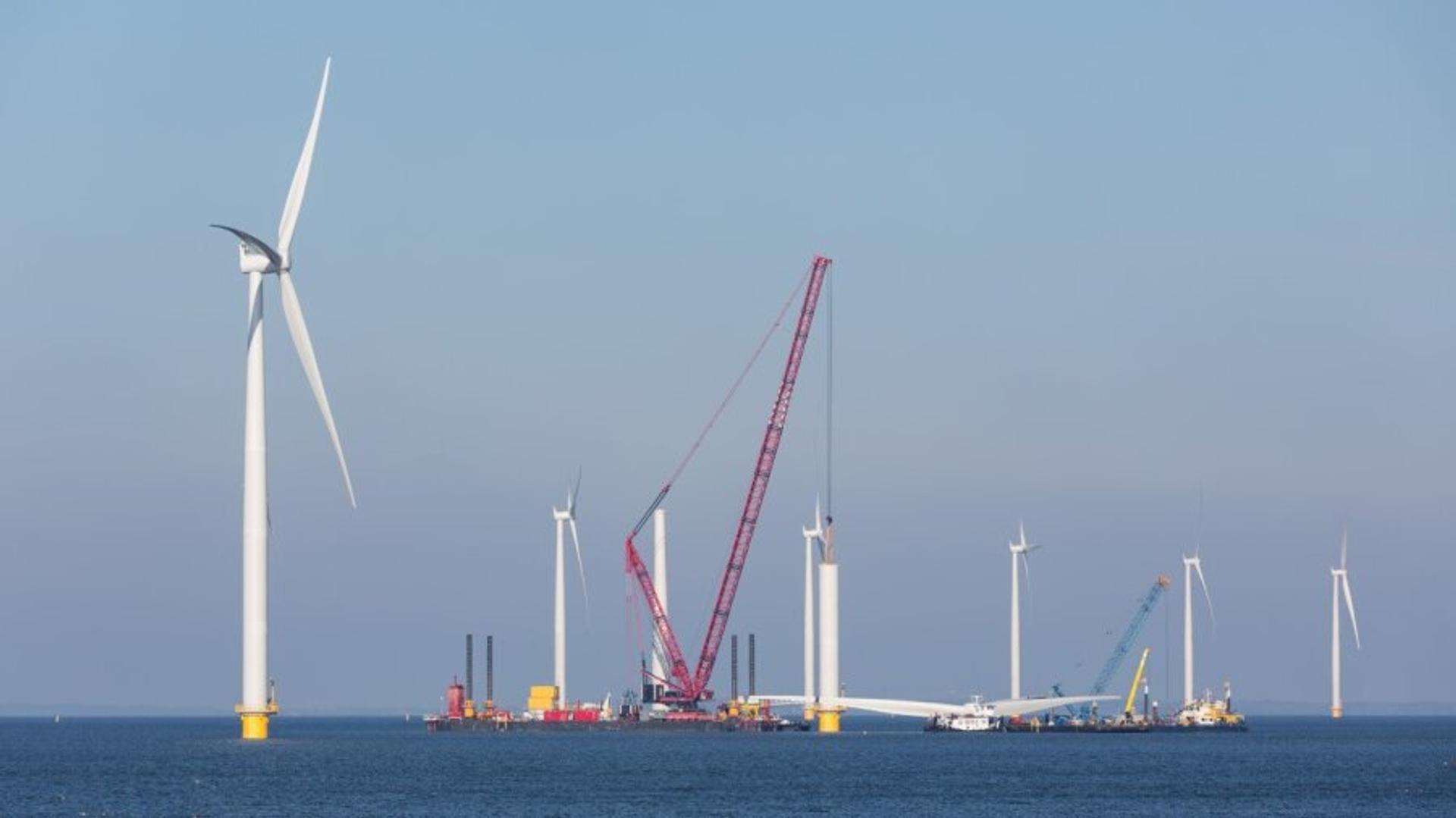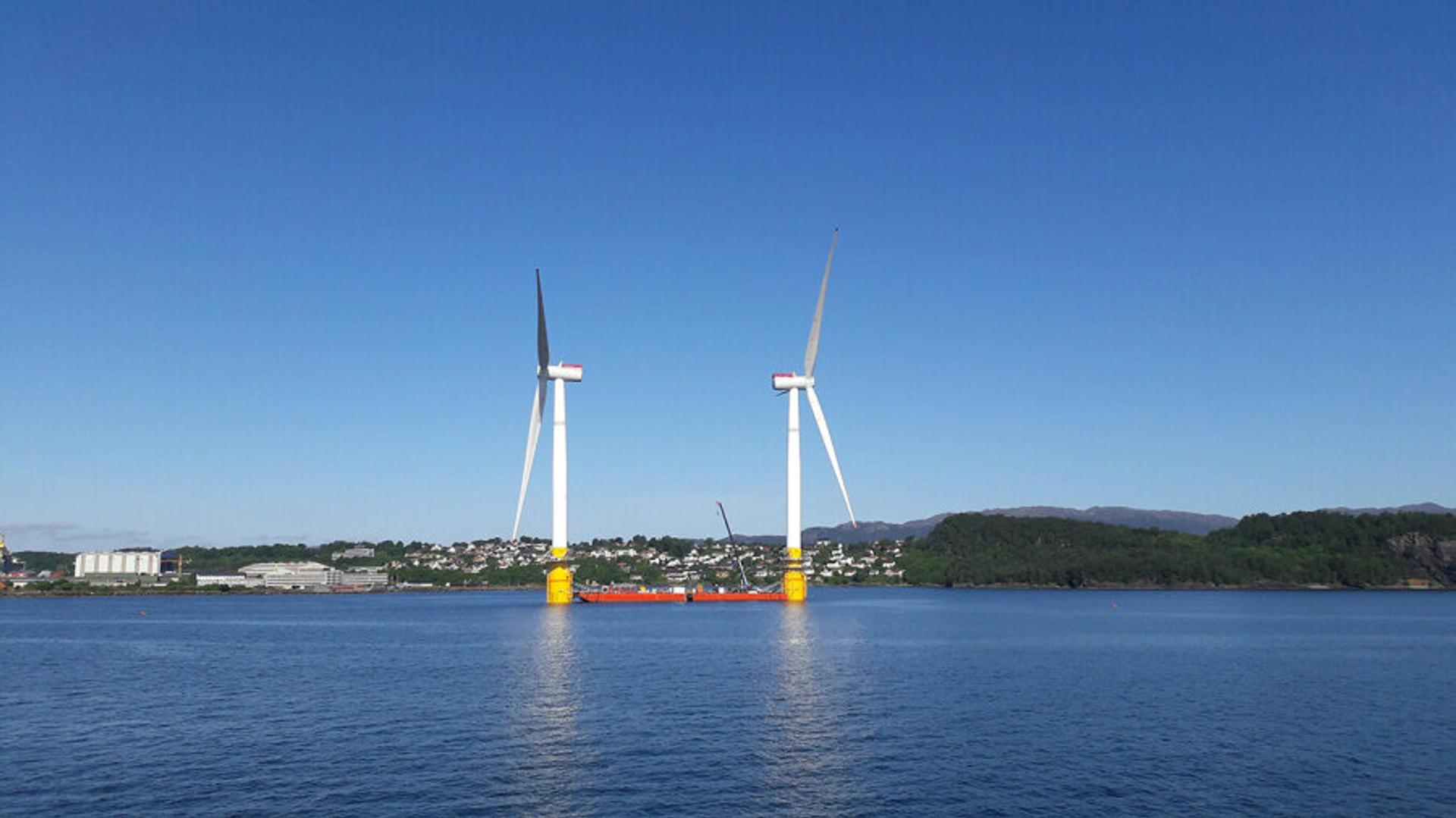Around the world with Team Norway: UK leading the way in offshore wind

The UK has firmly established itself as a global powerhouse in offshore wind energy and renewable energy innovation. With a rich history in offshore energy and a clear commitment to expanding capacity, the UK continues to lead the charge with groundbreaking projects and strategic investments.
“Although a new government is in place, they are still committed to pushing for renewable energy. At the same time, we’re seeing shifts in other parts of the world. For example, in the US, there’s a tendency to focus a little less on offshore wind than before. This makes the UK even more critical for the sector,” says Mari Mogstad Eri, Senior Business Developer at Innovation Norway UK and Ireland.
Great progress in offshore wind since early 2000s
The UK started building its offshore wind industry over 20 years ago. Thanks to its world-class universities and academic research, a huge amount of progress has been made since then.
“Governments have also consistently been clear on their priorities for many years. Locations for wind power projects were even allocated back in 2000 and 2003, so this has been a long-standing priority.”
Mari Mogstad Eri
Senior Business Developer at Innovation Norway UK and Ireland
Today the UK accounts for more than 40 per cent of all European offshore wind capacity. According to Mogstad Eri, enough power was produced last year to cover the equivalent of 50 per cent of all UK households.
“Those figures are quite impressive compared to other markets, including Norway. The UK government has set a target of achieving net zero by 2050, and offshore wind is absolutely essential to that. It's estimated that 125 GW of installed capacity will be needed by 2050 to reach that goal,” she says.
The UK has a long coastline, so the opportunities are vast. There are projects along the entire coast, including near the Shetland and Orkney islands and elsewhere in the North Sea.
The most established areas for offshore wind lie between East Anglia and the Northeast of England in the North Sea, as well as in the Celtic Sea, with increased development along the Scottish coast. Norwegian energy giant Equinor is one of the biggest players, with major projects in these areas.
Further north, Hull and Grimsby have also become important hubs, and Equinor also has a significant presence around Newcastle. In the west, the Celtic Sea is another important hub for the industry. There are developments north of the border, too, where Scotland has become an increasingly important area, with many projects under development.
Norwegian companies at the forefront of new projects
The Contracts for Difference (CfD) scheme serves as the foundation for the UK’s clean energy strategy. Since its launch in 2013 and the first auction in 2015, the programme has been instrumental in reducing investment risks, lowering the costs of renewable energy sources such as offshore wind, and establishing the UK as a global leader in this sector.
Allocation Round 6 (AR6) under the CfD programme awarded contracts for 5.4 GW of offshore wind. Norwegian companies are key partners in these projects. “For instance, Vargrønn, in collaboration with Flotation Energy, is one of the two major partners in the Greenvolt project, a 560 MW floating wind project based in Aberdeen,” says Mogstad Eri.
She points out that there are Norwegian companies in every segment of the value chain with a presence in the UK:
“From major developers like Vargrønn and Equinor to smaller companies providing everything from SCADA systems to geotechnical surveys, Norwegian players are great at collaborating with local companies. This is crucial because the UK has a goal to build local value creation through offshore wind and has set targets for local content requirements.”
Innovation Norway’s London office facilitates collaboration between Norwegian companies and local players to create jobs and foster development in local communities.
A two-way partnership between Norway and the UK
Building on their significant experience from the oil and gas industry, both Norway and the UK have a lot to contribute to the offshore wind sector.
“The UK is consistently good across the board. They have quite a few years’ head start in developing the sector and prioritise academic research,” says Mogstad Eri.
The UK government has been very good at fostering research and development.
“For example, ORE Catapult, a hub for innovation in offshore renewable energy, was set up back in 2003. It has an impressive facility in Blyth, near Newcastle, where Norwegian players have been involved. So, there are definitely opportunities for research and academic collaboration, and the UK has strong research environments. There’s already a lot of cooperation between Norway and the UK, but there’s definitely potential for more, especially in areas with overlapping expertise,” she says.

Technology innovation and cost reduction crucial for offshore wind
Going forward there are challenges that the industry and government need to tackle.
“The cost landscape and investment opportunities are significant challenges, especially with inflation in mind. After a period of positive development, the industry has recently taken a hit,” says Mogstad Eri.
She explains that the easier areas were developed first, which means that future projects will involve more complex and expensive technologies like floating wind. Technological advancements and cost reductions will therefore be crucial moving forward.
“There will be a mix of floating and bottom-fixed solutions, but bottom-fixed will still dominate. Floating technology is relatively new and in an early stage, but we hope for positive developments as more momentum builds around these projects. Norwegian players are particularly strong when it comes to technology and bring a lot of experience from oil and gas,” she concludes.



